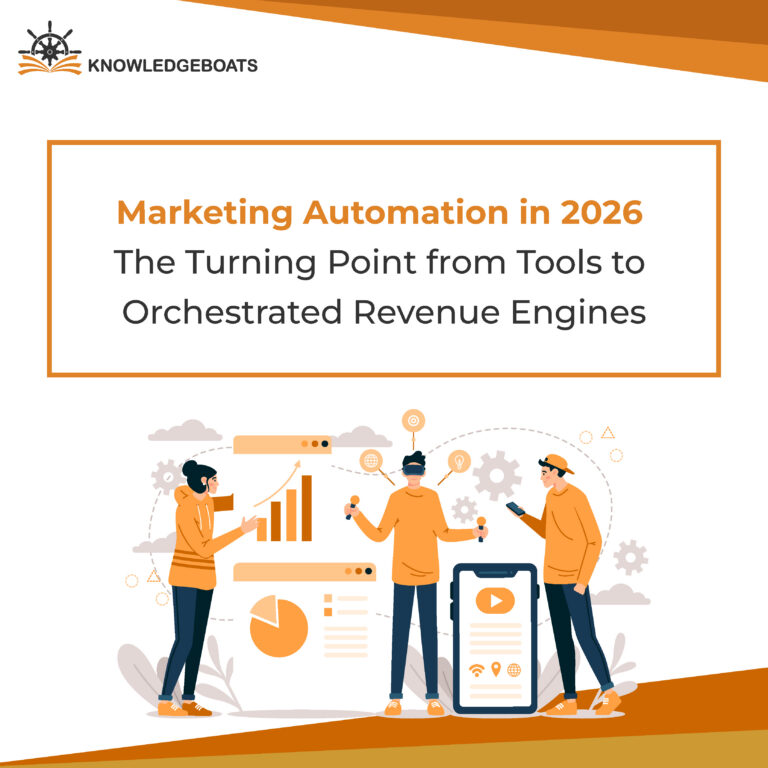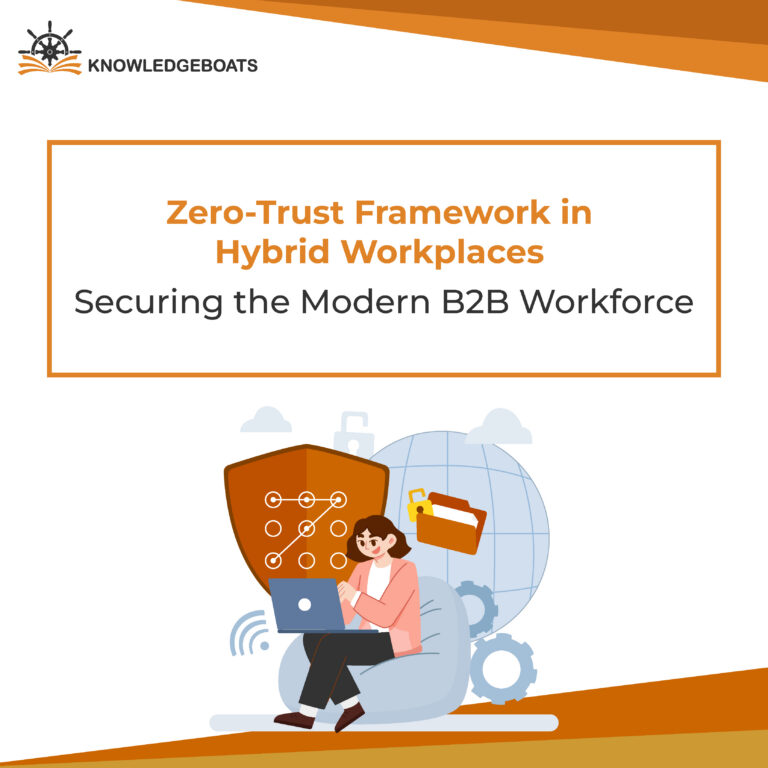
If you’re running demand gen, you already know the story. The ground is shifting beneath our feet. The third-party cookie, the bedrock of digital advertising for a decade, is on its way out. It’s a genuine threat to how we build audiences, measure performance, and ultimately, hit our pipeline number.
The pressure is on to find a solution. But the answer isn’t a more complex tracking technology or a short-term workaround. It’s a fundamental change in philosophy. We have to move away from a model of data extraction and toward one built on conversation and consent.
This is where zero-party data becomes mission-critical. It’s a more sustainable way to build a demand engine, one founded on trust. And in the long, considered journey of a B2B buyer, trust is the only currency that matters.
First, Let’s Get Our Terms Straight
We live and breathe first-party data. It’s the digital body language of our prospects, the clicks, the content downloads, the webinar attendance. It tells us what they do. It’s essential, but it’s still observational. We’re left to infer intent, connecting the dots ourselves.
Zero-party data, however, is the other side of the conversation. It’s the data a prospect knowingly and willingly shares with you. It’s what they tell you.
The difference between zero-party vs first-party data is the difference between an inference and an answer key. Seeing a prospect browse your cybersecurity page is an inference. Having them answer a poll stating, “My biggest security fear is a ransomware attack,” is the answer key. It removes the guesswork.
The Strategic Case for Zero-Party Data
Pivoting to a zero-party data marketing model is more than just a privacy-friendly move. It’s a shrewd business strategy that builds a more defensible and effective marketing program.
- You Earn the Right to a Relationship. When you stop tracking in the shadows and start asking for information directly, the entire dynamic changes. By offering a clear benefit for their data custom report, a tailored demo, and a better user experience you create a transparent data exchange. You’re a vendor trying to sell something but also a partner trying to help.
- You De-Risk Your Entire Program. Navigating data privacy compliance (GDPR, CCPA) is a minefield of legal and operational risk. Zero-party data is your safe harbor. Because it is explicitly volunteered, it is inherently consent-driven advertising. Compliance becomes a natural outcome of your strategy, not a box-checking exercise you have to manage.
- You Create an Unbeatable Value Exchange. No one gives you good data for free. Your prospects are savvy, and they expect something in return. A strong zero-party data strategy is built on this simple trade: their clarity for your relevance. A prospect will gladly tell you their primary operational challenge if it means the content you send them helps solve it.
How to Actually Collect This Data
Theory is one thing and execution is another. How do you gather this intelligence without killing your conversion rates with long, clunky forms? You integrate the “ask” directly into the value you’re providing.
Here are a few proven examples of zero-party data collection methods that are a natural fit for B2B:
- Interactive Assessments & ROI Calculators: Ditch the generic “Contact Us.” Offer a “Maturity Assessment” or an “ROI Calculator.” The inputs required are team size, current tech stack, strategic priorities that are pure zero-party gold. You’re capturing a lead and starting a consultation.
- Intelligent Onboarding & Preference Centers: When someone subscribes to your content, that’s your chance to prove you’re listening from day one. Ask them about their role, industry, or the specific topics they want to hear about. This turns a generic newsletter into a personalized intelligence briefing.
- High-Intent Qualifiers in Your Forms: Add one or two strategic, optional questions to your gated content forms. Think “What’s your timeline for evaluating new solutions?” or “What’s your biggest barrier to achieving [Goal]?” These are powerful signals for sales readiness.
- “State of the Industry” Survey Campaigns: This is a classic for a reason. Run a survey to your audience, promising them exclusive access to the resulting industry report. The responses will fuel your content strategy and provide you with an invaluable dataset for creating hyper-targeted ad campaigns. It’s a self-sustaining content flywheel.
Where This Strategy Impacts Your Numbers
This is where the rubber meets the road. The benefits of zero-party data for marketers translate directly to the KPIs that define our success.
- Targeting Your Sales Team Will Actually Thank You For. Leveraging zero-party data for targeting lets you build audiences your sales team dreams of. Imagine a campaign targeting only Directors of IT in the finance sector who have self-identified as “actively researching cloud migration solutions.” Your ad spend is radically more efficient, your CPL plummets, and your MQL-to-SQL conversion rate climbs.
- Nurturing That Feels Like a Conversation. Armed with self-reported challenges and interests, your nurture streams become smarter and more effective. It’s the difference between a generic drip sequence and a guided conversation that moves a prospect from curiosity to conviction.
- A Durable, Appreciating Asset. In a cookieless world, your owned, consent-based database is your strategic moat. It’s an asset you control, immune to the whims of Google and Apple, and it becomes more valuable with every piece of data a prospect chooses to share with you.
The shift to privacy-first advertising strategies is a filter that will separate the marketers who collect data from those who build relationships.
The future of demand generation isn’t about finding cleverer ways to track people. It’s about giving them a compelling reason to tell you who they are.



